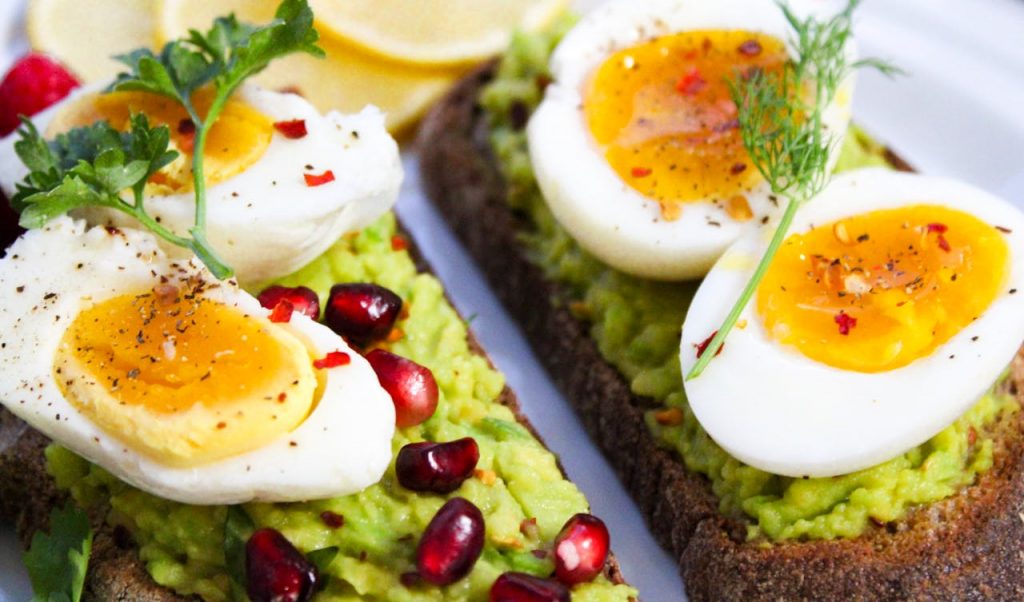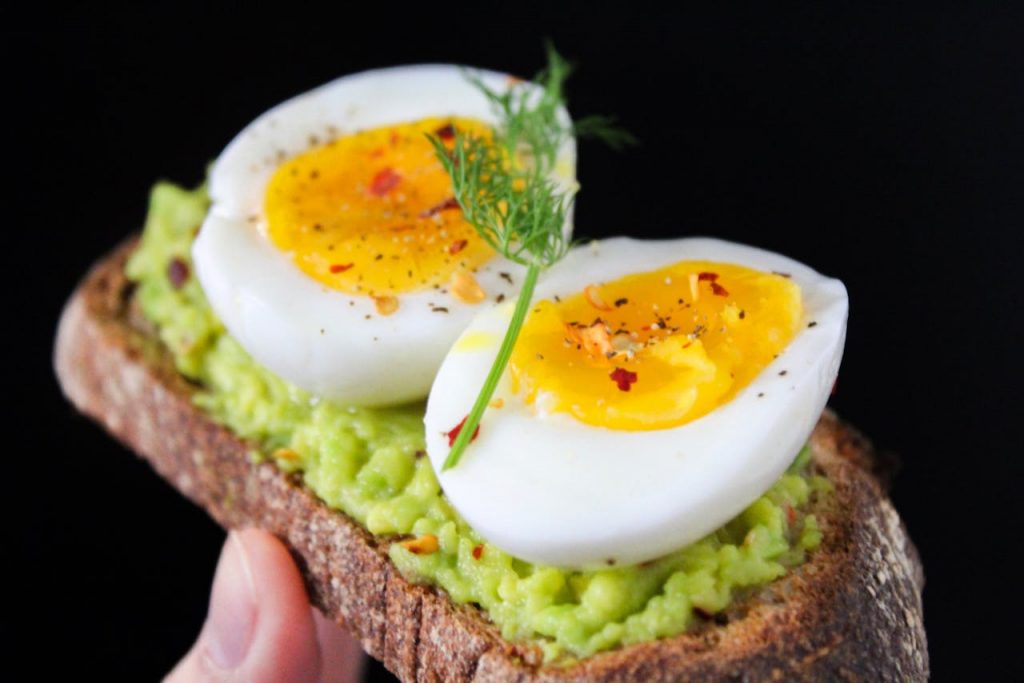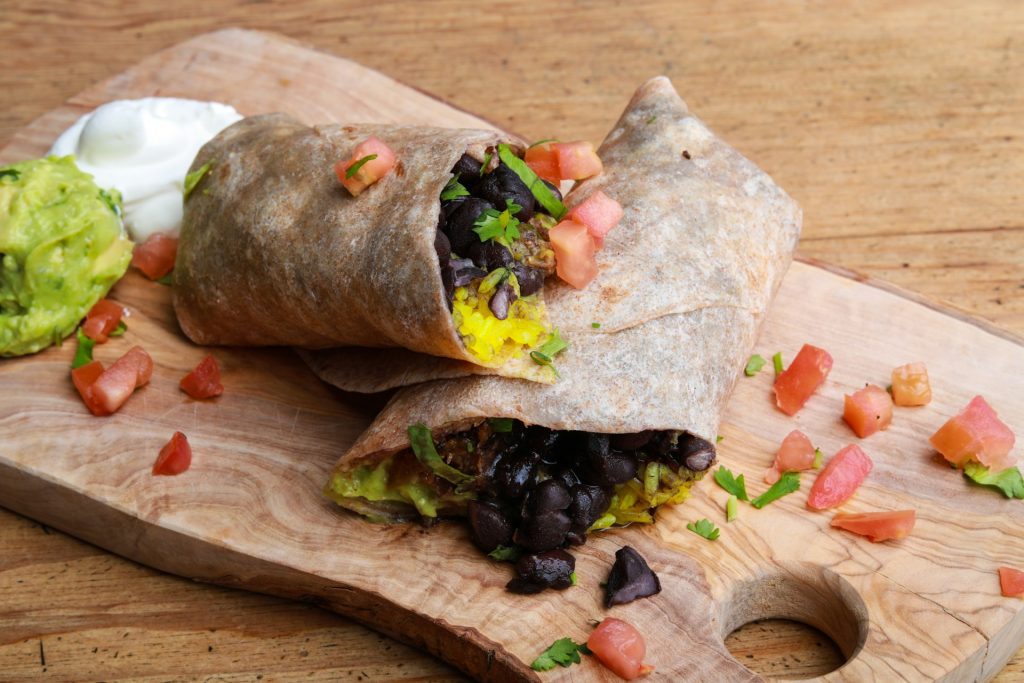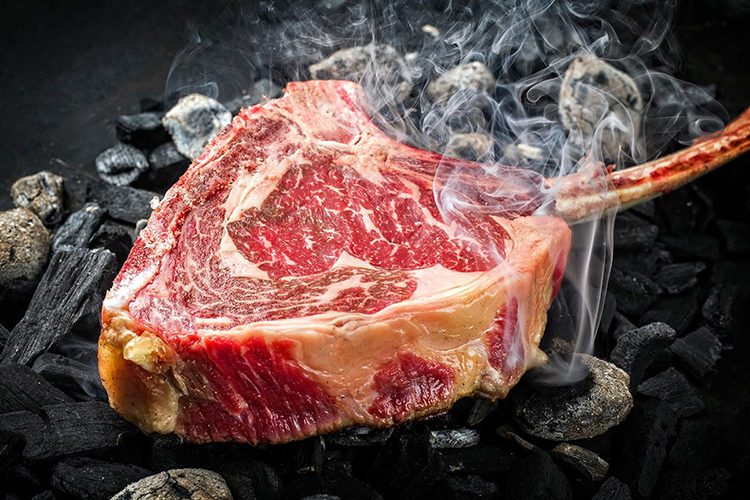
HLP Photo/Shutterstock
For those who have ever been to a nice steakhouse, you know that Waygu beef is one of the most popular - and expensive - meats on the menu. But what is it, exactly? And is it really worth the high price? Let's unpack the details of this high-end meat...
What’s The Point Of Waygu Beef?
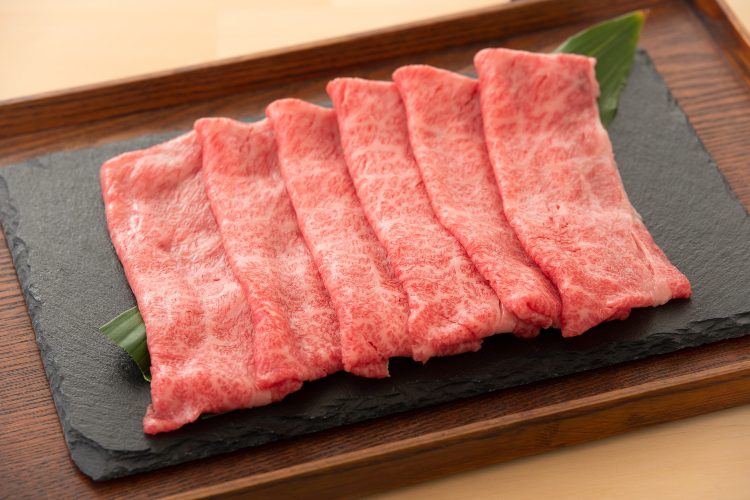
karins/Shutterstock
If you don't know what wagyu beef is, it has a very literal translation: “wa” means Japanese, and “gyu” is cow. However, not just any Japanese cow counts as wagyu. Instead, the cows are carefully chosen, and only one of four types of cows are eligible - Japanese Black, Brown, Polled, and Shorthorn cows. The cows are even genetically tested to make sure they are the healthiest, most delicious cows possible. That's right!
But the fantastic treatment of the cow does not end there. Wagyu beef has to be raised in an outdoor, free-range setting and framers can old feed them a specific, organic diet of rice, grain, and grass. This ensures that the best cows remain the best cows until they are ready for butchering, which occurs when they become 50% fat. Its really no wonder that wagyu beef can often cost upwards of $200 a pound!
There are other reasons that wagyu can reach such high prices, namely Japan’s strict system for grading the beef. You see, the United States Department of Agriculture (USDA) has three classifications: Prime, Choice, Select or a lower grade. Meanwhile, Japanese Meat Grading Association (JMGA) has grading for everything from fat marbling and color to brightness and firmness. The grades range from A1 to A12.
So, is this meat worth it? Let's find out...
High-Grade Meat
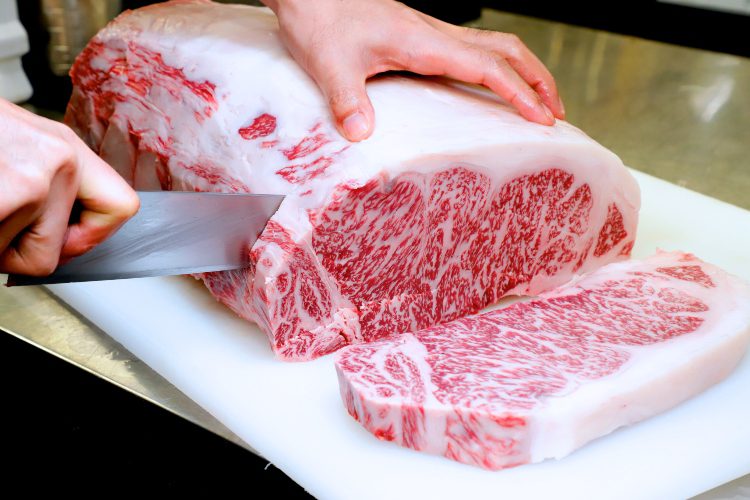
Osacr_Y/Shutterstock
So why do people pay so much for wagyu? Well, first of all, it literally melts in your mouth when cooked, because of the amount of fat. Likewise, the amount of fat gives the beef a much more buttery, rich taste and makes it far juicier than traditional steak meats. The fat also makes the meat even smell better!
However, there is an argument against order the wagyu steak on your next trip down to the steakhouse? Well, many say that wagyu beef is simply too rich to eat as an entire steak. It will quickly overwhelm your taste buds, resulting in a wasted steak. And, with such a high price tag, you want to enjoy every single bite! Instead, wagyu is better in smaller portions, as you would receive at a Yakiniku restaurants (known in America as Japanese BBQ).
Want to make the most out of your next steakhouse visit? First, find one that uses locally produced, organically fed meats. Then, go all-in for a bone-in ribeye, tomahawk steak, or some other big steak that you might not feel comfortable cooking at home. And save the wagyu for your next visit to a Yakiniku restaurant. Both your tongue and wallet will thank you!
Sources: Taste Of Home, The Takeout

